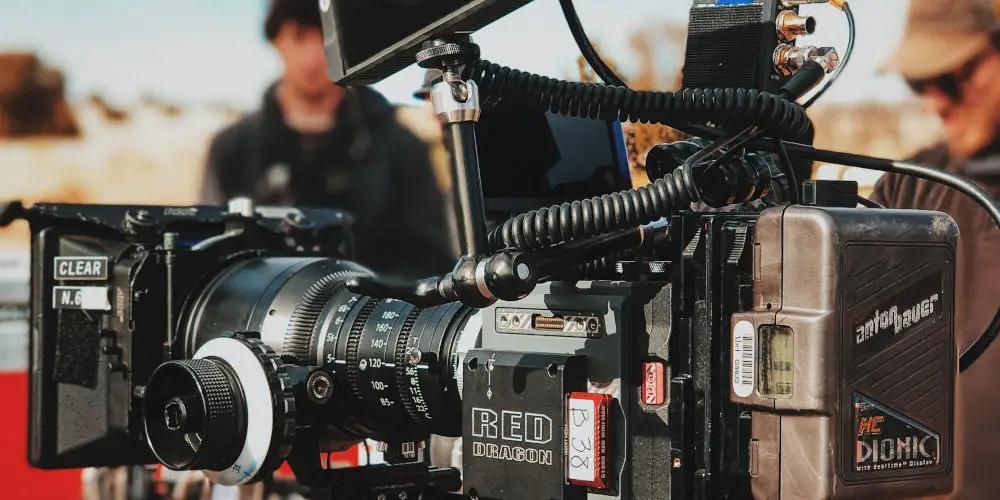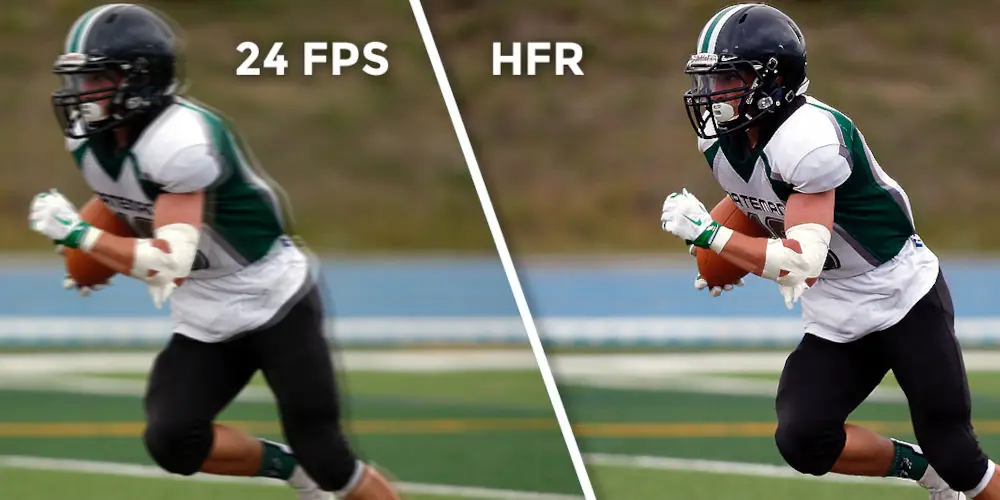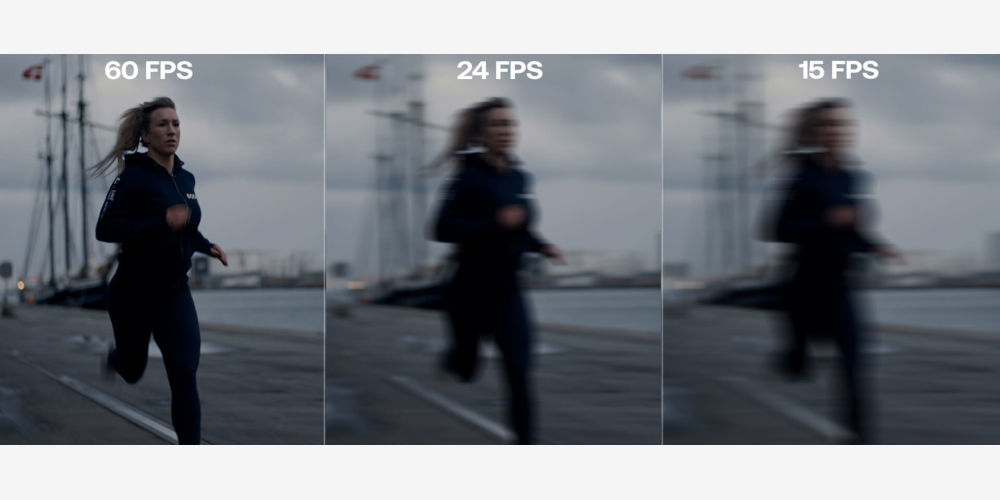What is HFR (High Frame Rate) and should you care?

There’s a relatively new phenomenon in cinema. We’re talking about High frame rate (HFR) content. It’s a video term that refers to content that runs at a faster frame rate than the standard 24fps commonly associated with cinema.
But HFR video is not just for cinema. You find it being used in gaming, streamed video and even self-made videos using compatible cameras and phones. It’s widely used without you knowing about it!
So what is HFR, what content uses it, and how can you watch it? Let’s explore these questions together!
What is HFR?
Before explaining what is High frame rate (HFR), we need to cover some basic terminology. When you watch a video, you’re actually seeing multiple still images in quick succession. The human brain interprets these images and joins them together to create perceived motion.
Rather than calling them images, the big film studios call them frames. Content is recorded in a specific amount of frames per second (fps). Traditionally, studios used 24fps for big screen movie releases as it’s the minimum frame rate that also ensures decent sound quality.
Another reason studios used 24fps is it didn’t use up too much film. So, it is cost-effective too. For years, broadcast UK television has been shown in 24fps. So, you’re probably used to watching content in this format, even if you don’t!
HFR is generally used to describe content and screen technology that can refresh faster than 24 frames per second (fps).
As the number of frames per second increases, the motion becomes smoother and any motion blur is eradicated. This is because the brain can’t really distinguish between individual images around and above the 50fps mark.
If you’re unsure how changing the frame rate looks in reality, play with this website! You can obverse different fps in action and stack several on top of each other.

photo by Techradar/Muvi
What content uses HFR?
Easily the most famous example of HFR content is Peter Jackson’s The Hobbit trilogy. The first of three films was released in 2012.
They were the first wide-release films to use HFR, being filmed and shown in select cinemas at 48 frames per second. However, they also released the films at 24fps as not all cinemas could project the films at 48fps.
Film director Ang Lee has also experimented with HFR. Some scenes in his 2016 film Billy Lynn’s Long Halftime Walk were filmed at 120fps. An impressive 5 times the traditional fps! The Avatar film sequels that James Cameron directed are said to use HFR.
There are plenty of YouTube videos with high frame rates – particularly 60fps. And even Netflix has trialled HFR content in the last few years.
By far, the biggest proponents of HFR are game consoles. Both the Xbox Series X/S and PlayStation 5 can process games at up to 120fps. The only snag, you need a compatible TV!
Here are some examples of movies and TV shows that have been shot in HFR:
- The Hobbit: The Battle of the Five Armies (2014)
- Billy Lynn’s Long Halftime Walk (2016)
- Crouching Tiger, Hidden Dragon: Sword of Destiny (2016)
- The Mandalorian (2019-present)
- The Crown (2016-2022)
As HFR technology becomes more widespread, we can expect to see more movies and TV shows shot in HFR. This could lead to a more immersive and realistic viewing experience for viewers.
Is it easy to record content in 48fps plus?
As camera technology has advanced, shooting content in a variety of fps is possible. Most modern cameras can shoot 60 and 120fps footage, sometimes even in 4K resolutions or above. Many phones support HFR too, with plenty offering 120Hz displays.

photo by Artlist
How can I watch HFR?
As with most technological advances, to enjoy HFR content, you need the right equipment. For example, it’s taken the big movie theatre chains a while to upgrade their technology to play HFR content. They’re slowly being upgraded as the technology becomes more popular.
Somewhat surprisingly, you’re more likely able to watch HFR content on your TV at home as most modern 4K TVs have 60Hz and even 120Hz refresh rates. So they can playback 60fps and 120fps games and video, respectively.
The other fantastic feature of most modern TVs that display HFR content is even if you’re watching 24fps video, it’ll look more smooth as the technology treats it like it’s of a higher frame rate.
It’s similar to when your TV upscales standard definition content to high definition or even 4K Ultra HD. As the software reads the files, it figures out how best to fill in the gaps to deliver more in-depth pictures.
Advantages of HFR
Compared to 24fps, higher frame rate content gives a much smoother image. It’s capable of showing up greater detail within scenes. In gameplay, it can be highly useful as it can significantly reduce latency. The same is also true for Sports coverage.
Disadvantages of HFR
Just as some may view a smoother image as an advantage of HFR, others will disagree. It’s a personal preference. That said, many see the smooth motion of HFR films as overly “soap opera-like”, and feel that they lose a sense of theatricality.
A film shot in HFR can cause issues with the production. The set, prop and costume designers have to take extra care when creating items for the film as the audience will spot any discrepancies, which could potentially ruin the experience for the viewer.
HFR video requires more bandwidth and storage space than 24fps video, so it can be more expensive to produce and distribute. Next, you might like to read our article that demystifies common TV acronyms.




